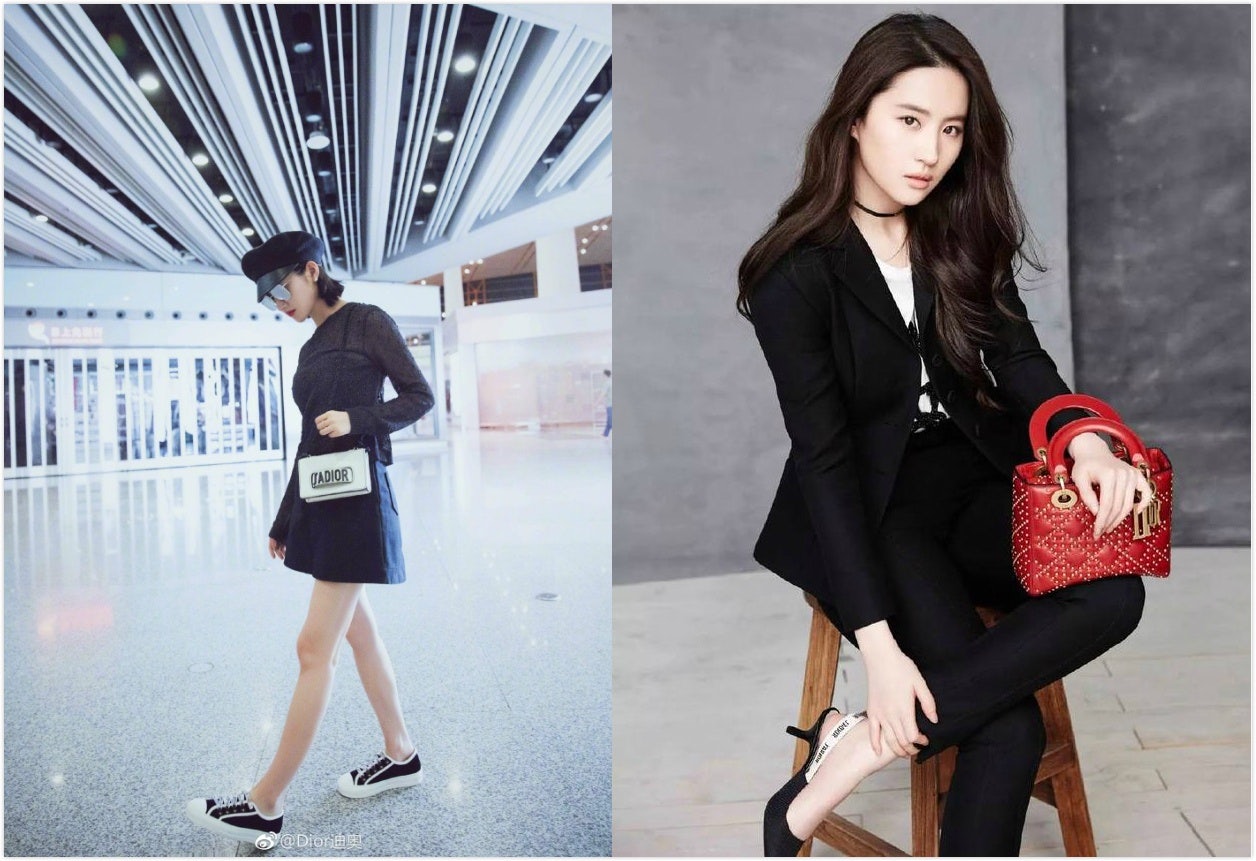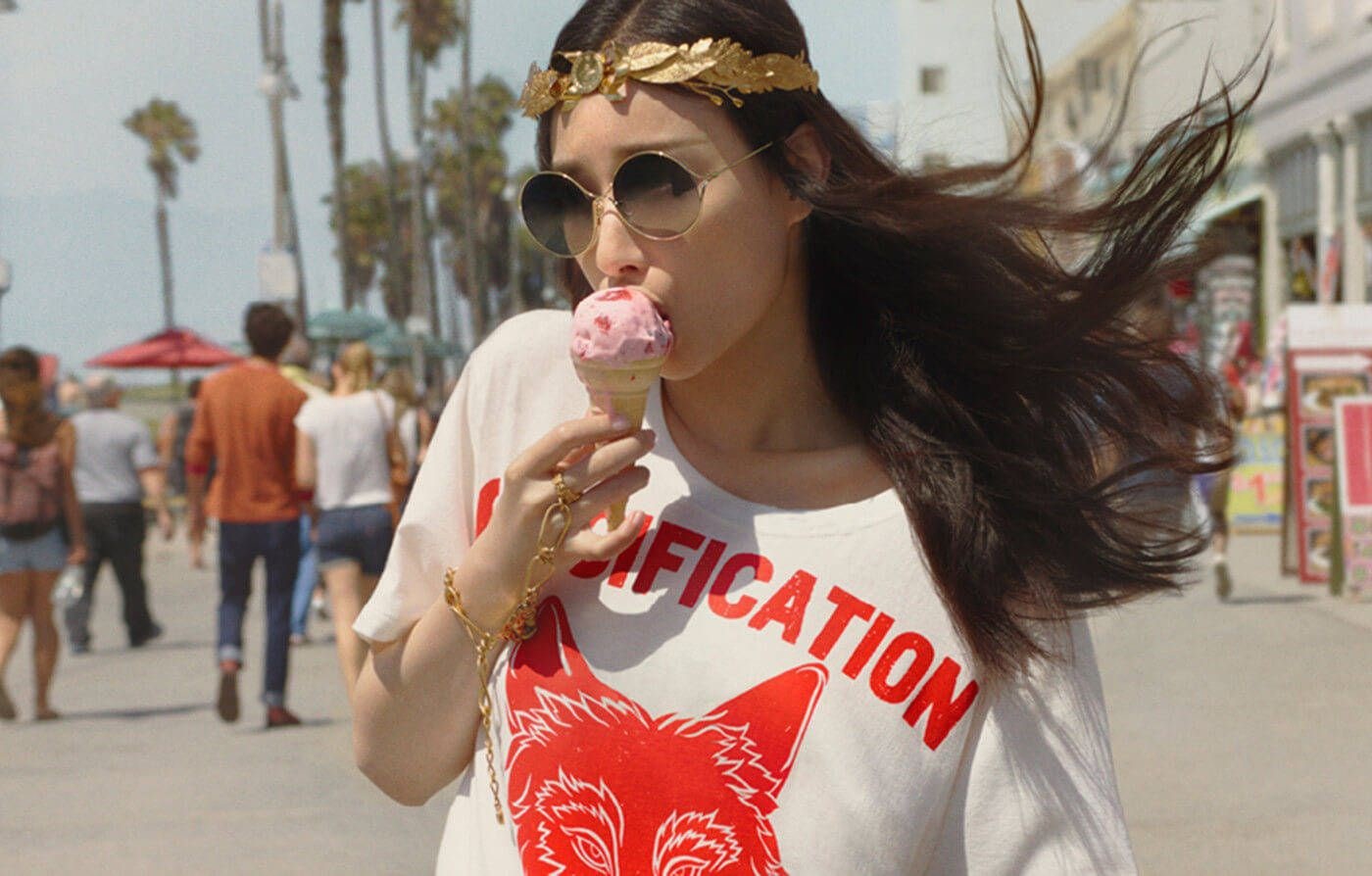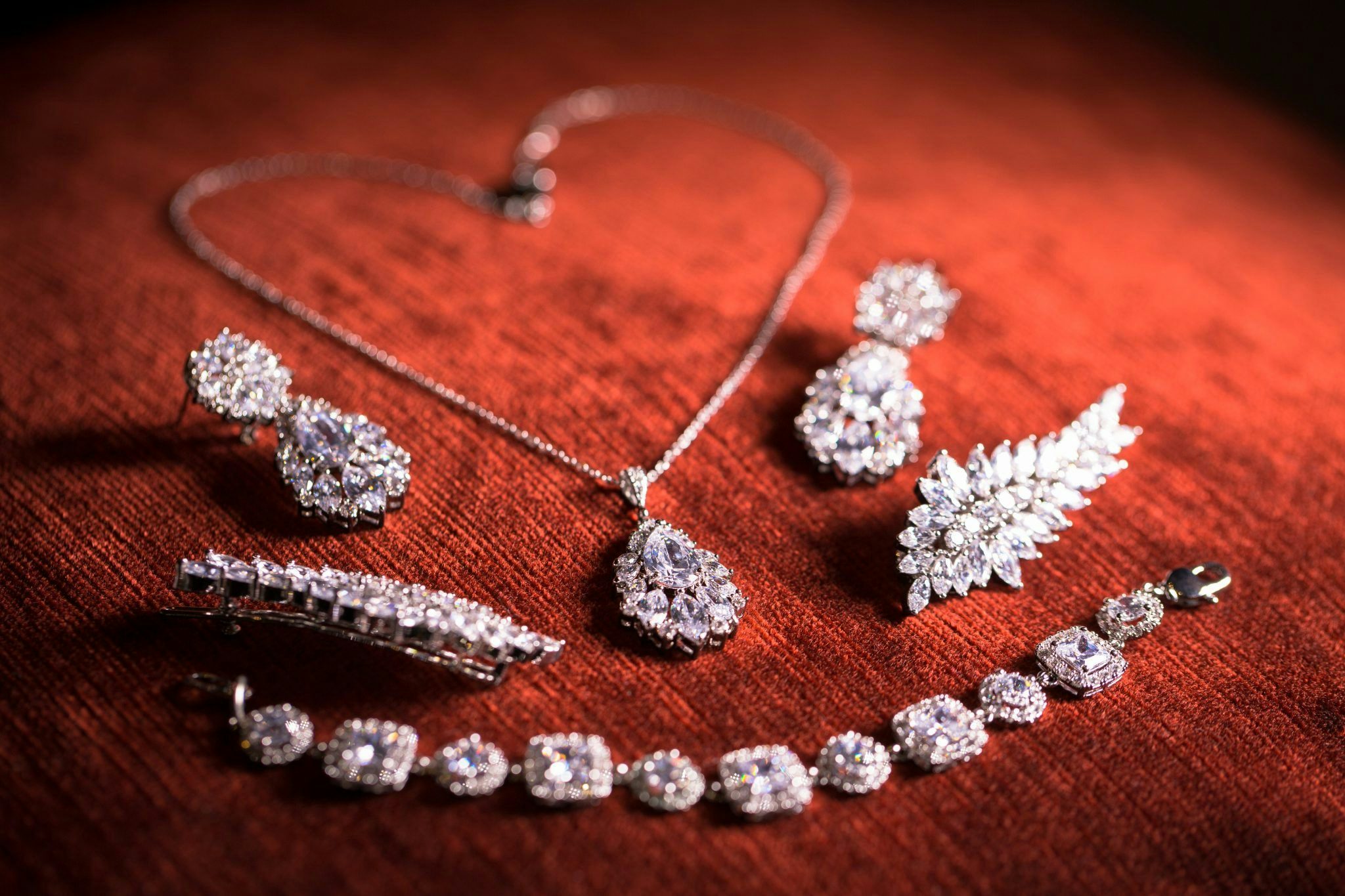Many luxury fashion houses find it difficult to reconcile what they stand for and what Chinese millennials want. There is a seemingly unsolvable tension between the two: One represents heritage, craftsmanship, and timeless beauty, while the other demands a shopping culture of convenience, speed, and limitless choice.
The traditional quality of luxury brands may, on the surface, seem too slow and laborious for Chinese millennials who want everything fast, but it’s naïve to presume convenience and digital-readiness are all that young consumers care about. Chinese millennials aren't anti-heritage or anti-quality. They’re anti-mediocrity.
As PWC’s Global Consumer Insights Survey 2018 China Report reveals, “some companies are still focusing on the ‘digital savviness’ of the Chinese millennials, trends which are now so pervasive that they have become truisms.” But lost among their intense focus on digital presence, brands have often neglected a basic question – how do you create styles that truly appeal to millennials?
While most luxury brands focus on how to fine-tune digital communication to a young audience, some have started shifting their focus from digital to style innovation. By re-calibrating their styles, these brands and designers are actually winning over Chinese millennials’ wallets and hearts in a more effective way. Chinese netizens refer to these brands as “爆款制造机" (bào kuǎn zhìzào jī) which loosely translates to "explosion manufacturing machine", or, the creators of an "IT style" trend. Here are three leading examples:

1. LOEWE – Unique Structure
Even if you only casually browse the fashion side of Chinese social media, it’s hard to avoid seeing Loewe’s two iconic bag styles: the Gate and the Puzzle. Under J.W Anderson’s creative leadership, Loewe has transformed from a traditional leather brand into an edgy style house. An avalanche of online comments proves that people are impressed by the Gate bag’s novel twist on classic style and by the Puzzle bag’s versatility (the same bag can be worn in four ways).
Its success in China has made Loewe a big contributor to LVMH’s 13 percent sales growth in 2018’s first quarter, according to a previous earnings report. During an interview with Business of Fashion, Loewe’s CEO Pascale Lepoivre also testified that China has become the brand’s biggest market worldwide—one that’s still growing.
Growing up, most Chinese millennials associated luxury bags with sophisticated craftsmanship, rare material, and high social status, but above all, they were something carried by respectable moms and the aunts. Loewe, however, is offering a refreshing style that matches the Chinese millennial demand for street-cool while still giving them the quality they crave.

2. Dior’s J’adior collection – Unabashed Humor
On Chinese social media, netizens refer to this shoe collection the “kitten heel”. Major media sites like Ifeng Fashion and Sohu have also noticed how this particular high heel has turned Dior into an online sensation in China. Celebrity endorsements have also boosted Dior’s profile and photos of the leading Chinese actresses Jing Tian and Liu Yifei wearing J’adior are often shown on e-commerce sites as legitimate testimonials of the Kitten Heel’s IT status.
With a linguistic twist, Dior changed the common French phrase J’adore (I adore) into a shout out to itself—a bold statement that triggers a knowing smile and a nod from global fashion consumers. This amusing touch made Dior appear relevant again to a younger audience, while still preserving the brand's elegance and uniqueness.
Humor is not what Chinese millennials would usually associate with the traditional luxury houses, yet Dior’s example shows how a bit of self-mockery can find major traction in a serious luxury world. With the right blend of humor and style, a brand can please millennials' quest for both luxury and fun.

3. Jacquemus – Conceptual design
Although not yet listed as one of the Top 10 luxury brands to watch, Jacquemus is no stranger to the Chinese trendsetter communities. On Little Red Book, the social e-commerce community, there are more than 1600 recommendation threads about Jacquemus. Post-90s fashionistas are drawn to the brand’s bold artistic and conceptual expressions, which features unconventional lines, simple color palettes, and a structural “cool” factor.
The label's designer Simon Porte Jacquemus also plays a big role in the brand’s e-reputation in China. Beginning as a young, student in Paris, Jacquemus found fame by designing unique pieces that referenced his humble upbringing. Not relying on high fashion lineage or history, the Jacquemus brand challenged ideas about what it takes to succeed in fashion. The designer’s rule-breaking style connects with Chinese millennials because, after all, what could be more inspiring to a twenty-something than breaking the rules?
Takeaways:
The luxury world’s battle to win over Chinese millennials has never been as fierce as it is today. In the past few years, market-savvy brands have put huge efforts into building digital presences in order to reach this huge market and the rest of the field is just now catching up.
However, it’s style that appeals to the consumers in the first place and drives them to buy. Ironically, as more brands are going through digital transformations for Chinese millennials, their styles have remained static.
What Chinese millennials want from luxury brands isn’t business as usual: it’s uniqueness. It’s humor. It’s a little bit of swag. In an era when luxury purchases are not just status-driven, young Chinese patrons seem genuinely excited to wear unique pieces that will visually wow their social circle. For brands, this should be considered good news. It shows that fun and quality aren’t mutually exclusive. By taking the “luxury” concept less seriously, brands might be able to charm China’s young luxury consumers and—if they’re lucky—achieve “IT” status.


